Home>Ideas and Tips>Smart Home Energy Monitor Setup to Track Your Power Usage
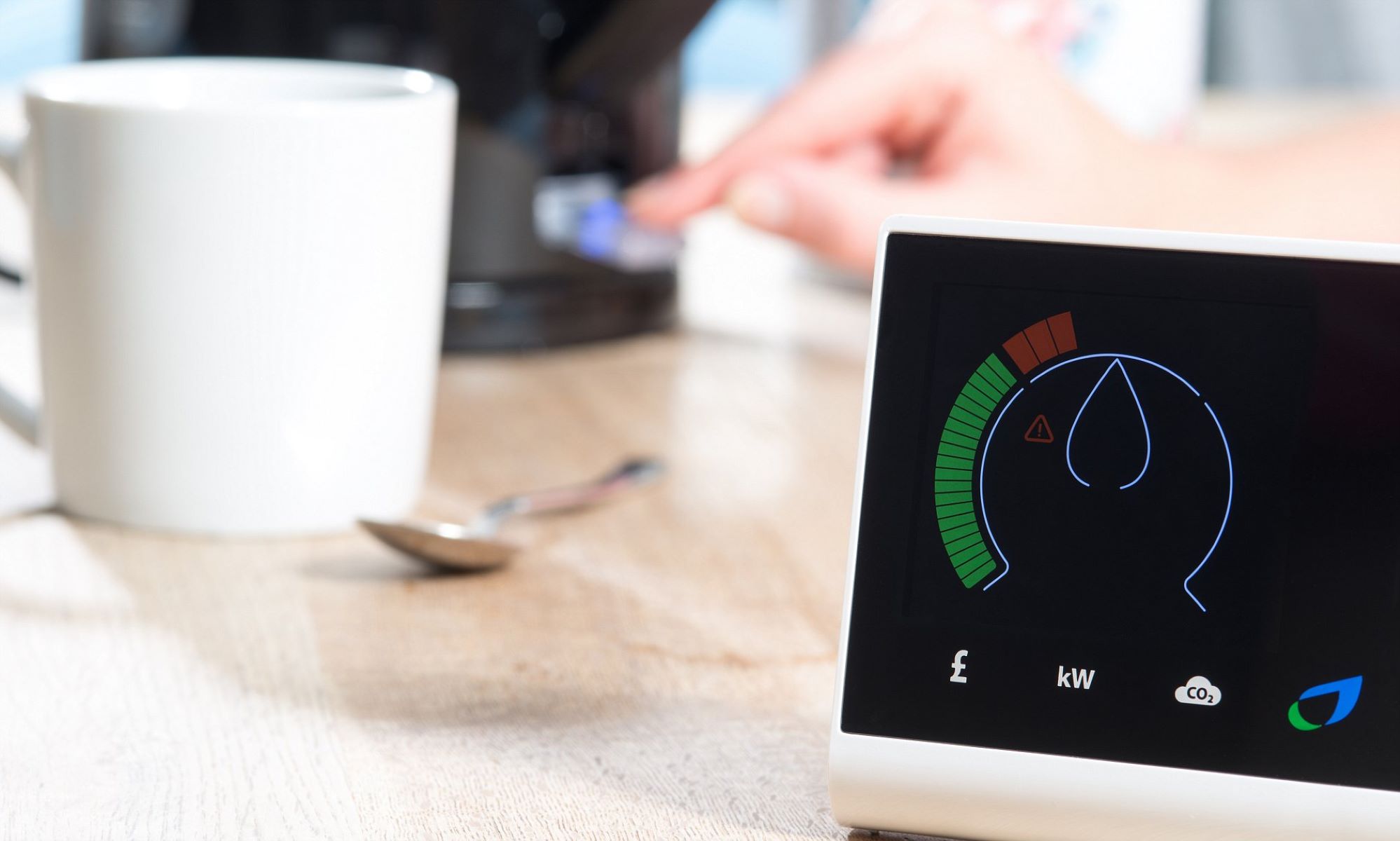

Ideas and Tips
Smart Home Energy Monitor Setup to Track Your Power Usage
Modified: October 18, 2024
Set up a smart home energy monitor to track power usage, save on bills, and reduce your carbon footprint. Learn the benefits and installation steps.
(Many of the links in this article redirect to a specific reviewed product. Your purchase of these products through affiliate links helps to generate commission for Storables.com, at no extra cost. Learn more)
In today's world, where energy efficiency and sustainability are increasingly important, smart home energy monitors have become a crucial tool for homeowners. These devices not only help you understand your energy consumption but also provide insights into how you can optimize your usage to save money and reduce your carbon footprint. In this article, we will delve into the world of smart home energy monitors, exploring their benefits, how they work, and the steps involved in setting one up.
Benefits of Smart Home Energy Monitors
Smart home energy monitors offer a multitude of benefits that make them an essential addition to any home. Here are some of the key advantages:
-
Real-Time Monitoring: These devices allow you to monitor your energy usage in real-time, giving you a clear picture of what's happening in your home at any given moment. This real-time data helps you identify patterns and make informed decisions about your energy consumption.
-
Historical Data: Over time, these monitors collect historical data that can be used to analyze your energy usage patterns. This historical data is invaluable for identifying inefficiencies and making long-term adjustments to reduce your energy bills.
-
Cost Savings: By understanding where your energy is being used, you can take steps to reduce your consumption. This can lead to significant cost savings over time. For example, if you identify that your refrigerator is consuming more energy than expected, you can take steps to optimize its performance or replace it with a more energy-efficient model.
-
Environmental Impact: Reducing your energy consumption also means reducing your carbon footprint. By making smarter choices about how you use energy, you contribute to a more sustainable environment.
-
Enhanced Home Automation: Many smart home energy monitors integrate seamlessly with other smart home devices, allowing you to control and monitor various aspects of your home's electrical system from a single app.
How Smart Home Energy Monitors Work
Smart home energy monitors typically consist of several key components:
-
Current Transformers (CTs): These are small devices that wrap around the wires in your electrical panel to measure the current flowing through them. The data from these CTs is then transmitted to a central unit for processing.
-
Transmitter Unit: This is the central unit that receives data from the CTs and transmits it wirelessly to your smartphone or tablet via Wi-Fi or Bluetooth.
-
App Integration: The data collected by the transmitter unit is sent to an app on your smartphone or tablet, where you can view real-time energy usage, historical data, and receive notifications about potential issues.
-
Machine Learning: Some advanced smart home energy monitors use machine learning algorithms to analyze your energy usage patterns and provide personalized recommendations for improvement.
Popular Smart Home Energy Monitors
Several brands offer smart home energy monitors, each with its own set of features and benefits. Here are some of the most popular options:
1. Wiser Energy Monitor
The Wiser Energy Monitor is a highly regarded device that integrates seamlessly with your home's electrical system. It uses Sense technology, which is partnered with Schneider Electric (Square D), to provide real-time monitoring and historical data analysis. The installation process is relatively simple and can be completed in minutes by an electrician. Once installed, the monitor begins to scan the entire electrical system for devices and information, sending notifications about common loads like coffee makers, fridges, AC units, and furnaces.
2. Sense Home Energy Monitor
Sense offers a comprehensive solution for home energy monitoring. Their consumer app empowers homeowners to make better use of their energy, lower their electricity bills, and reduce their carbon footprint. The Sense Home Energy Monitor installs in your home's electrical panel and provides insight into your energy use through their iOS and Android apps. Users can track where their bill is going and identify opportunities to save money, with an average savings of up to 8% on their electric bill.
3. Leviton Whole Home Energy Monitor
The Leviton Whole Home Energy Monitor is a smart solution for energy management. It provides real-time energy consumption data and controls Leviton's 1st and 2nd Gen Smart Circuit Breakers. The installation process involves connecting the monitor to the home's Wi-Fi network and configuring it through the My Leviton app. This device offers unparalleled control of residential electrical systems, including the ability to turn breakers on and off remotely or shed non-essential loads using an Automatic Transfer Switch.
4. Emporia VUE 2
The Emporia VUE 2 is another popular option for DIY installation. It requires adding an outlet near the breaker box to plug it in and involves hardwiring it into the fuse box. This device provides detailed energy usage data and integrates well with home automation systems like Home Assistant. Users have praised its simplicity and reliability, although it does require some technical expertise for installation.
Steps to Set Up a Smart Home Energy Monitor
Setting up a smart home energy monitor involves several steps:
1. Choose the Right Monitor
Select a monitor that fits your needs based on factors such as ease of installation, integration with other smart home devices, and the level of detail you want in your energy usage data.
2. Prepare Your Electrical Panel
Before installing the monitor, ensure that your electrical panel is accessible and safe to work with. If you're not comfortable with electrical work, consider hiring a licensed electrician.
3. Install Current Transformers (CTs)
CTs need to be wrapped around specific wires in your electrical panel to measure current flow. This process typically requires opening up the panel and identifying which wires need to be monitored.
4. Connect the Transmitter Unit
The transmitter unit is usually connected to the CTs and then to a power source within the electrical panel. Ensure that all connections are secure and follow safety guidelines to avoid electrical hazards.
5. Configure the App
Download and install the app associated with your chosen monitor. Follow the in-app instructions to enroll your device, set up notifications, and customize settings as needed.
6. Integrate with Other Devices (Optional)
Many smart home energy monitors integrate seamlessly with other smart home devices like thermostats, lights, and security systems. Explore these integration options to enhance your home automation experience.
Safety Considerations
When installing a smart home energy monitor, safety should always be your top priority:
- Turn Off Power: Ensure that all power sources are turned off before starting any installation process to avoid electrical shock or fire hazards.
- Use Protective Gear: Wear protective gear such as gloves and safety glasses when working with electrical components.
- Consult Professionals: If you're not comfortable with electrical work, consider hiring a licensed electrician to avoid potential risks.
Real-Life Examples
Case Study 1: Wiser Energy Monitor
John recently installed a Wiser Energy Monitor in his home. He noticed that his AC unit was consuming more energy than expected during peak hours. Using the monitor's app, he was able to identify this inefficiency and adjust his AC's schedule to run during off-peak hours, resulting in a significant reduction in his energy bills.
Case Study 2: Sense Home Energy Monitor
Sarah purchased a Sense Home Energy Monitor after noticing an increase in her electricity bills. The monitor revealed that her refrigerator was drawing more current than usual due to an issue with its compressor. She was able to replace the compressor, which not only fixed the problem but also saved her around $80 per month on her electricity bill.
Case Study 3: Leviton Whole Home Energy Monitor
David installed the Leviton Whole Home Energy Monitor in his new home. He was able to track the energy consumption of various appliances in real-time and set up custom notifications for when certain loads turned on or off. This integration helped him optimize his energy usage and reduce his carbon footprint.
Conclusion
Smart home energy monitors are powerful tools that can significantly enhance your understanding of your energy consumption and help you make informed decisions about how to optimize it. By choosing the right monitor, following proper installation procedures, and integrating it with other smart home devices, you can enjoy numerous benefits including cost savings and a reduced environmental impact. Whether you're looking to save money or contribute to a more sustainable future, investing in a smart home energy monitor is an excellent step towards achieving these goals.
By following these steps and considering the benefits and safety guidelines outlined above, you can effectively set up a smart home energy monitor that tracks your power usage and helps you make smarter choices about how you use energy in your home.
Was this page helpful?
At Storables.com, we guarantee accurate and reliable information. Our content, validated by Expert Board Contributors, is crafted following stringent Editorial Policies. We're committed to providing you with well-researched, expert-backed insights for all your informational needs.

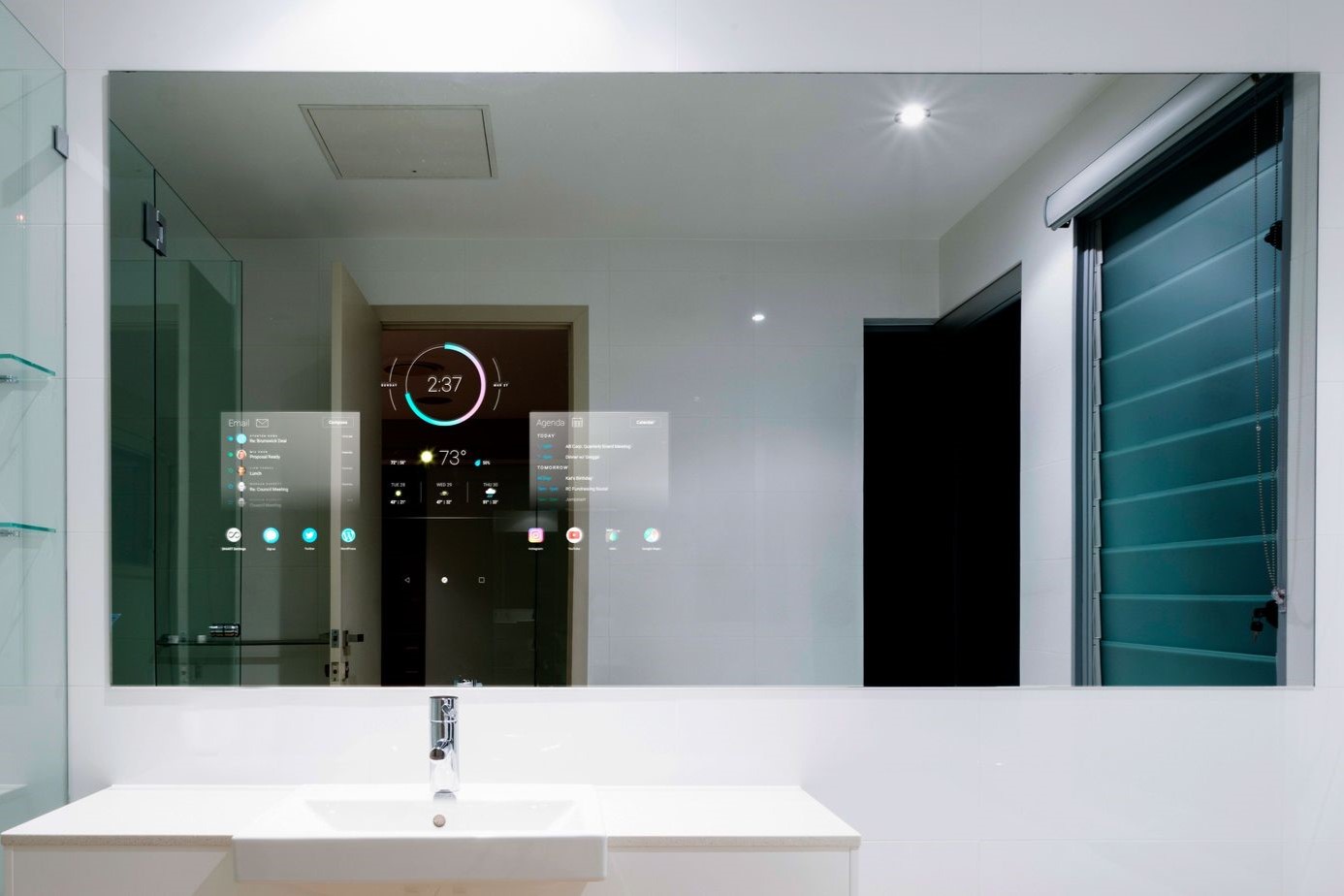
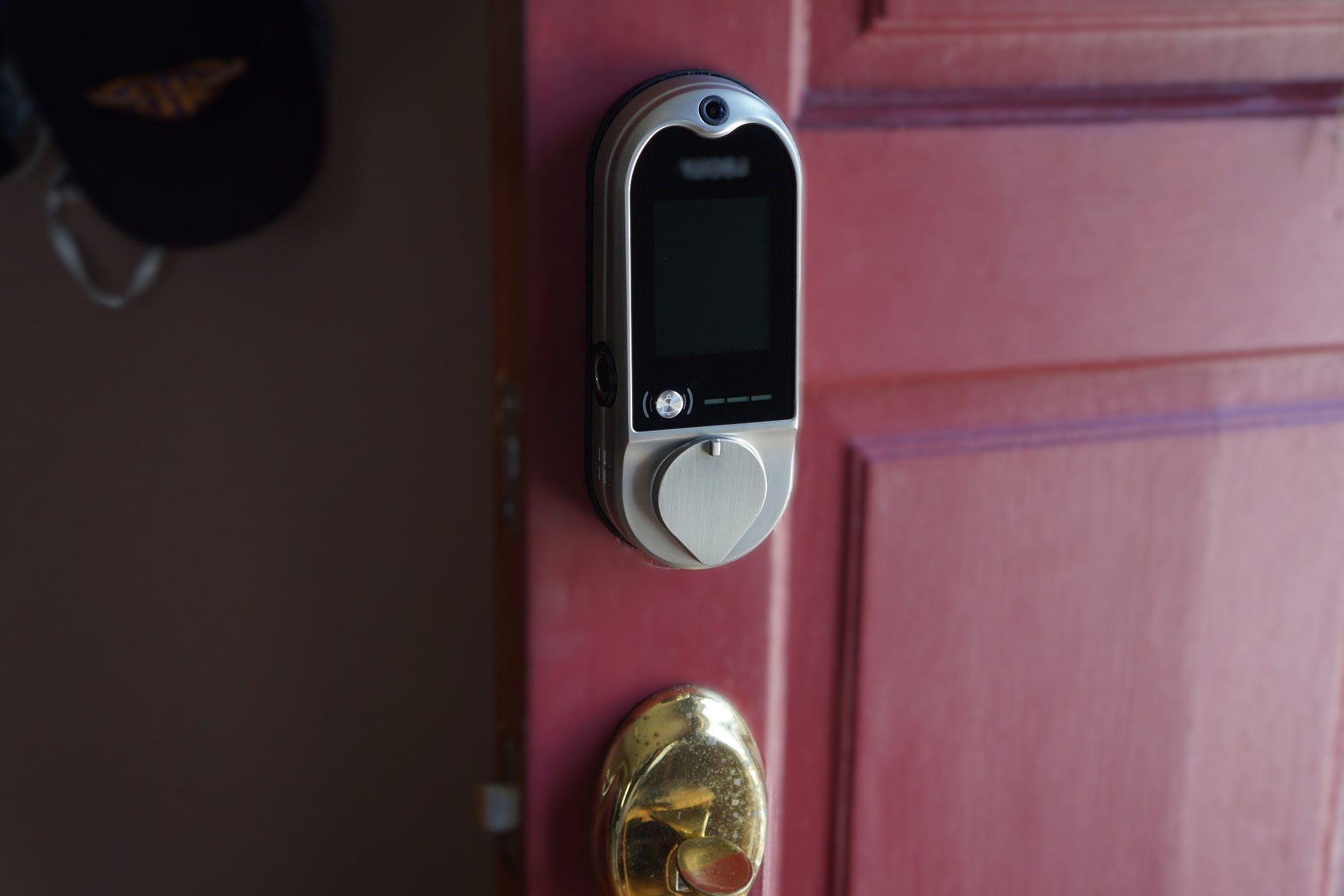
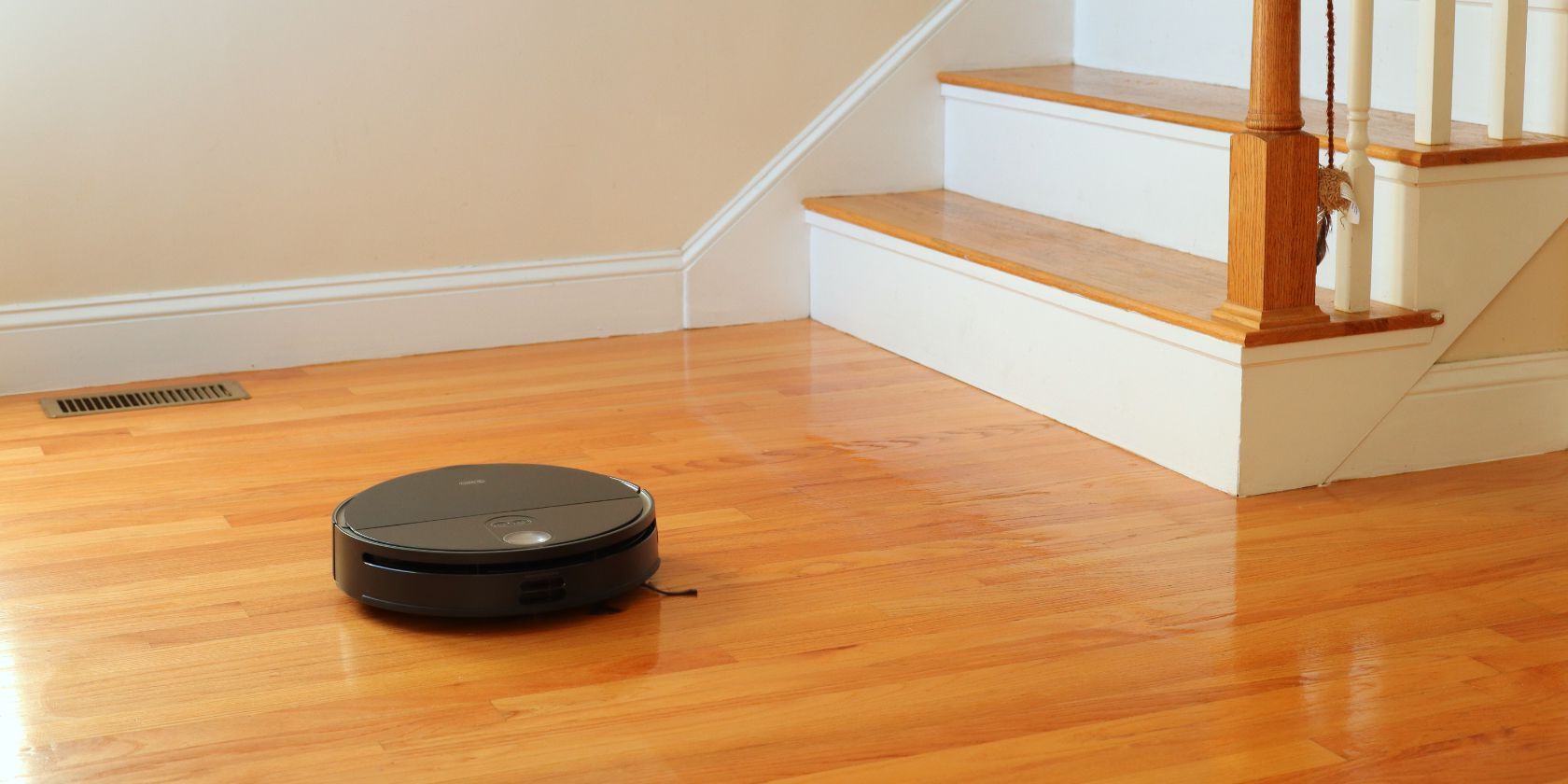
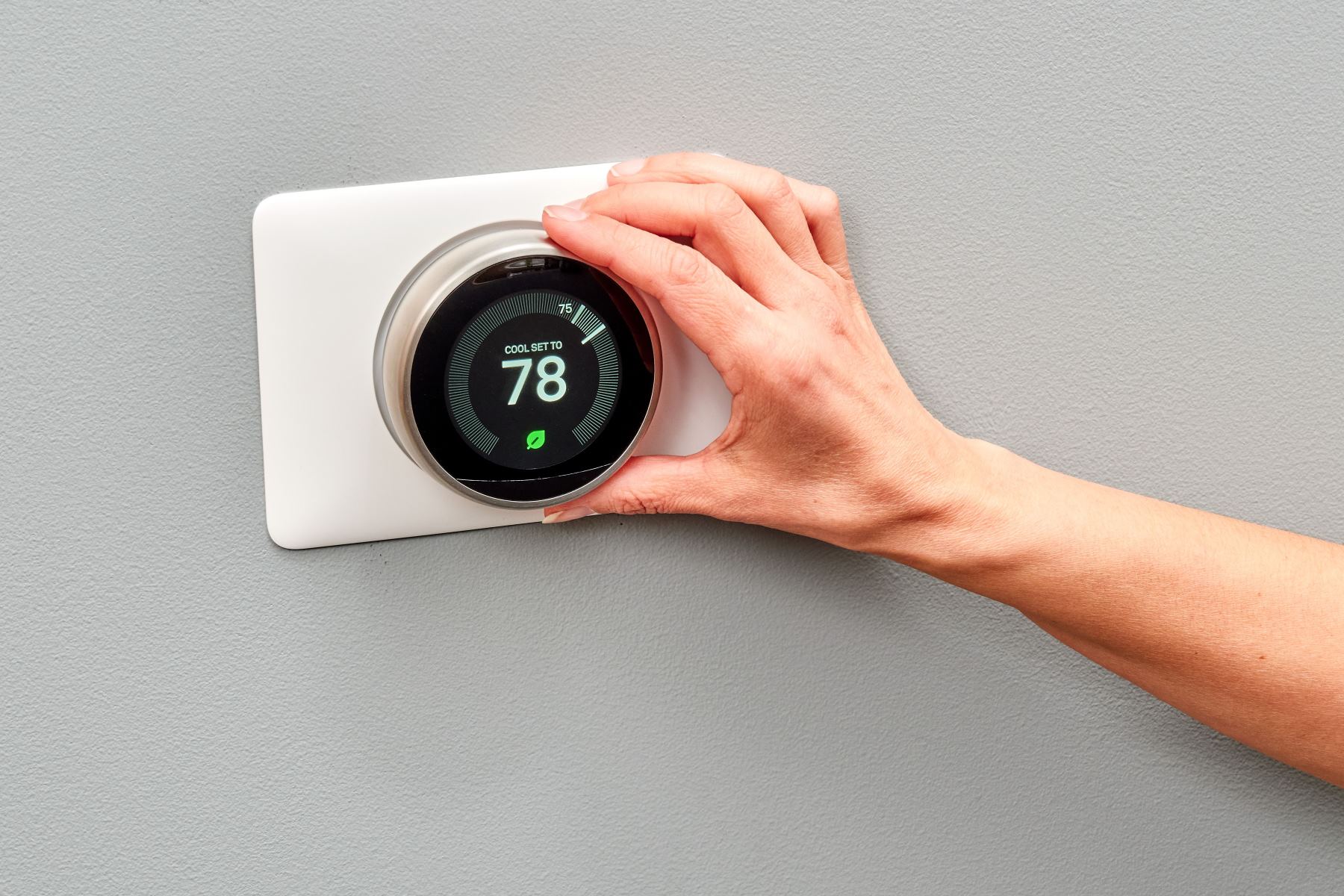
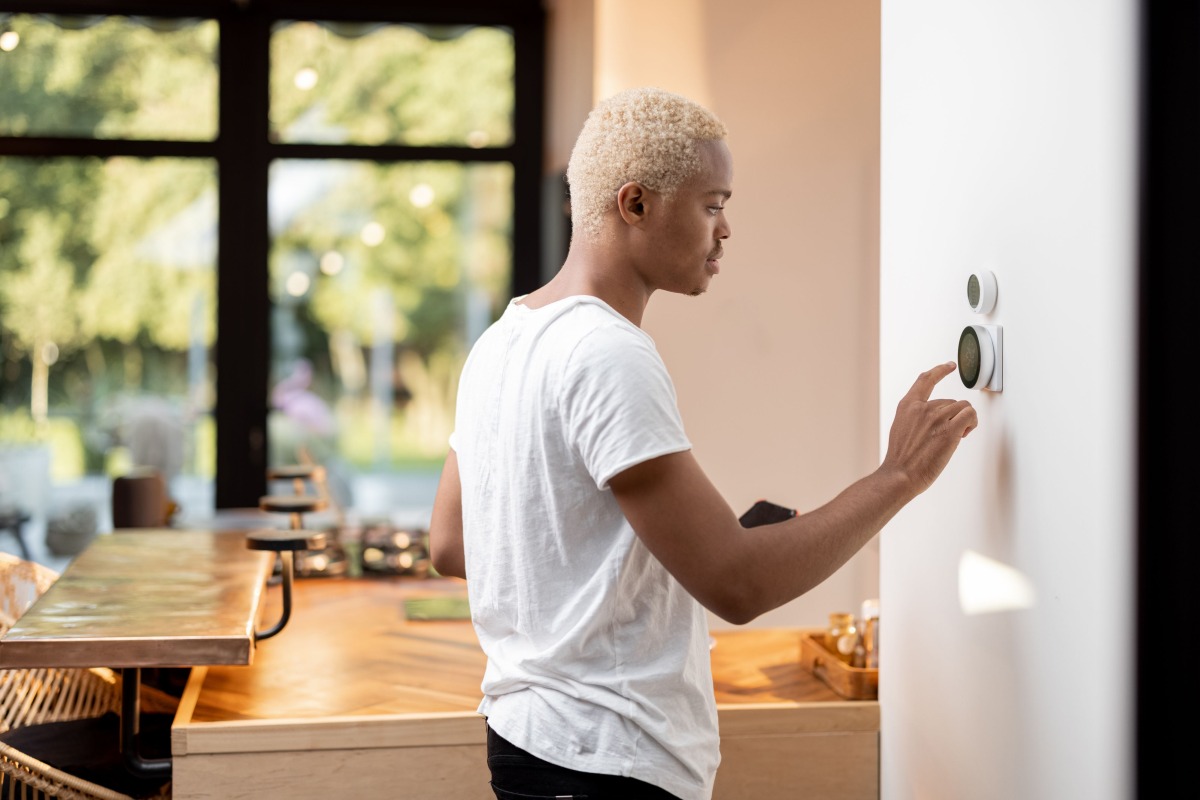
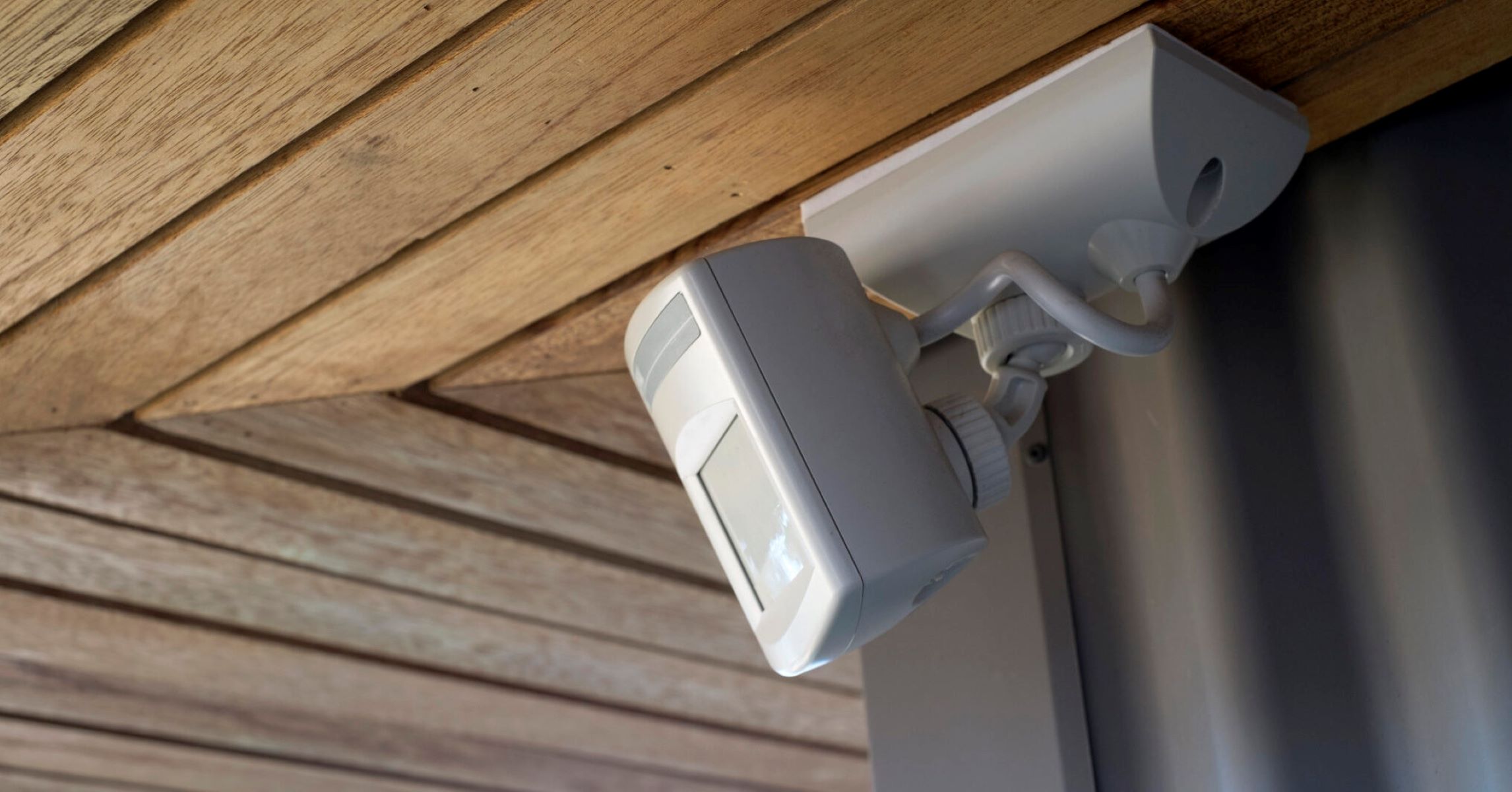
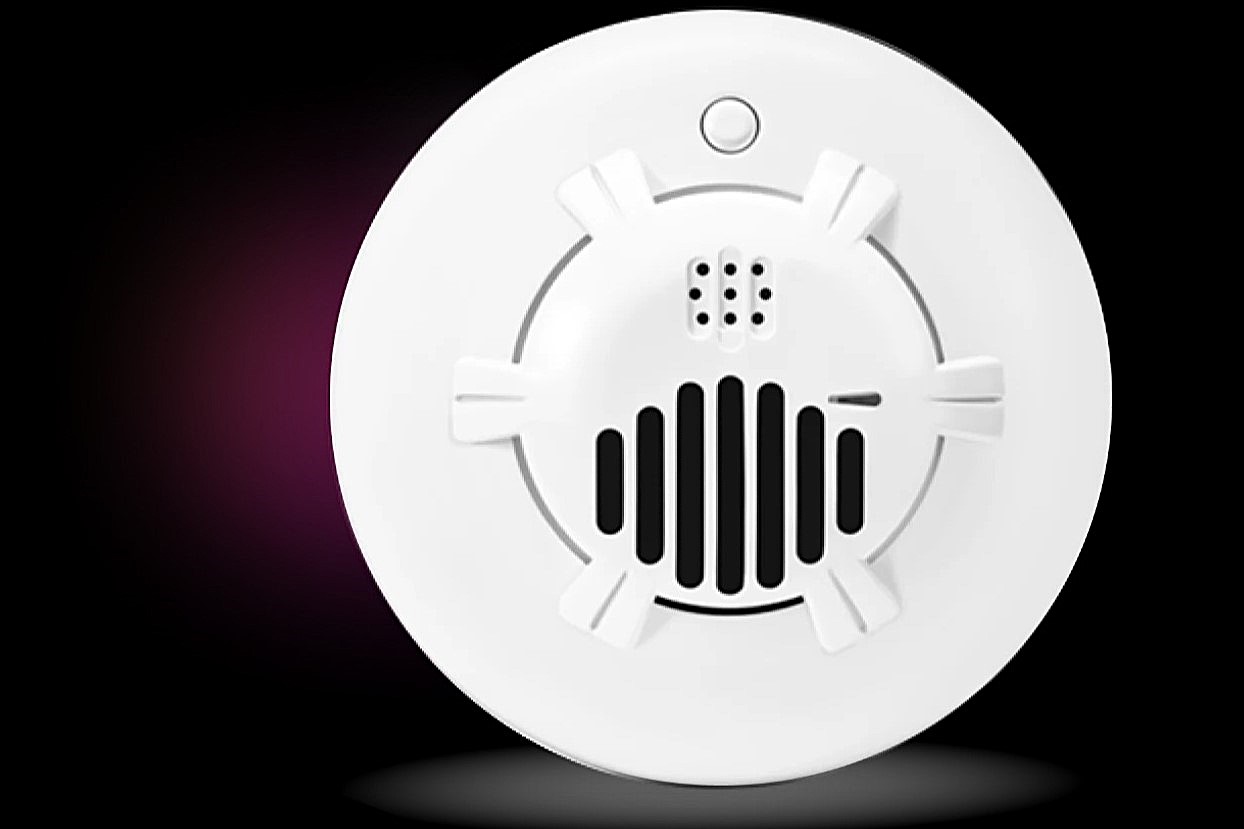
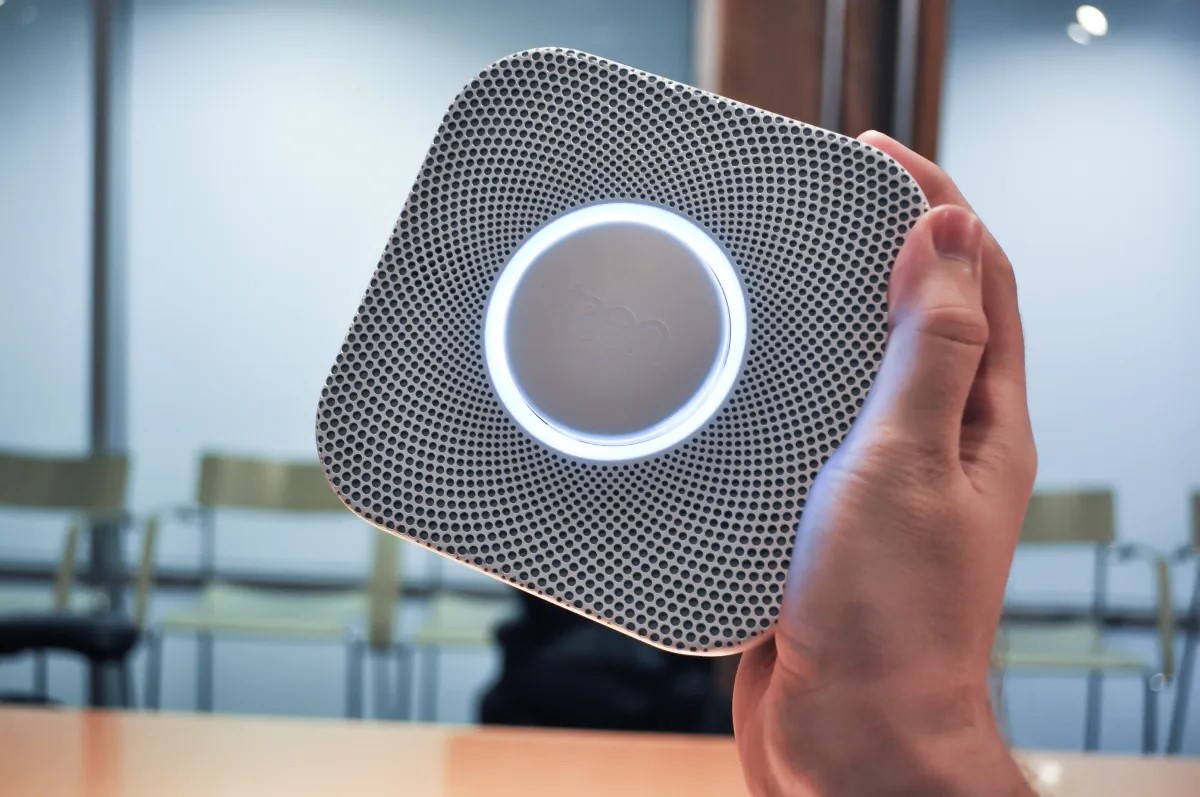
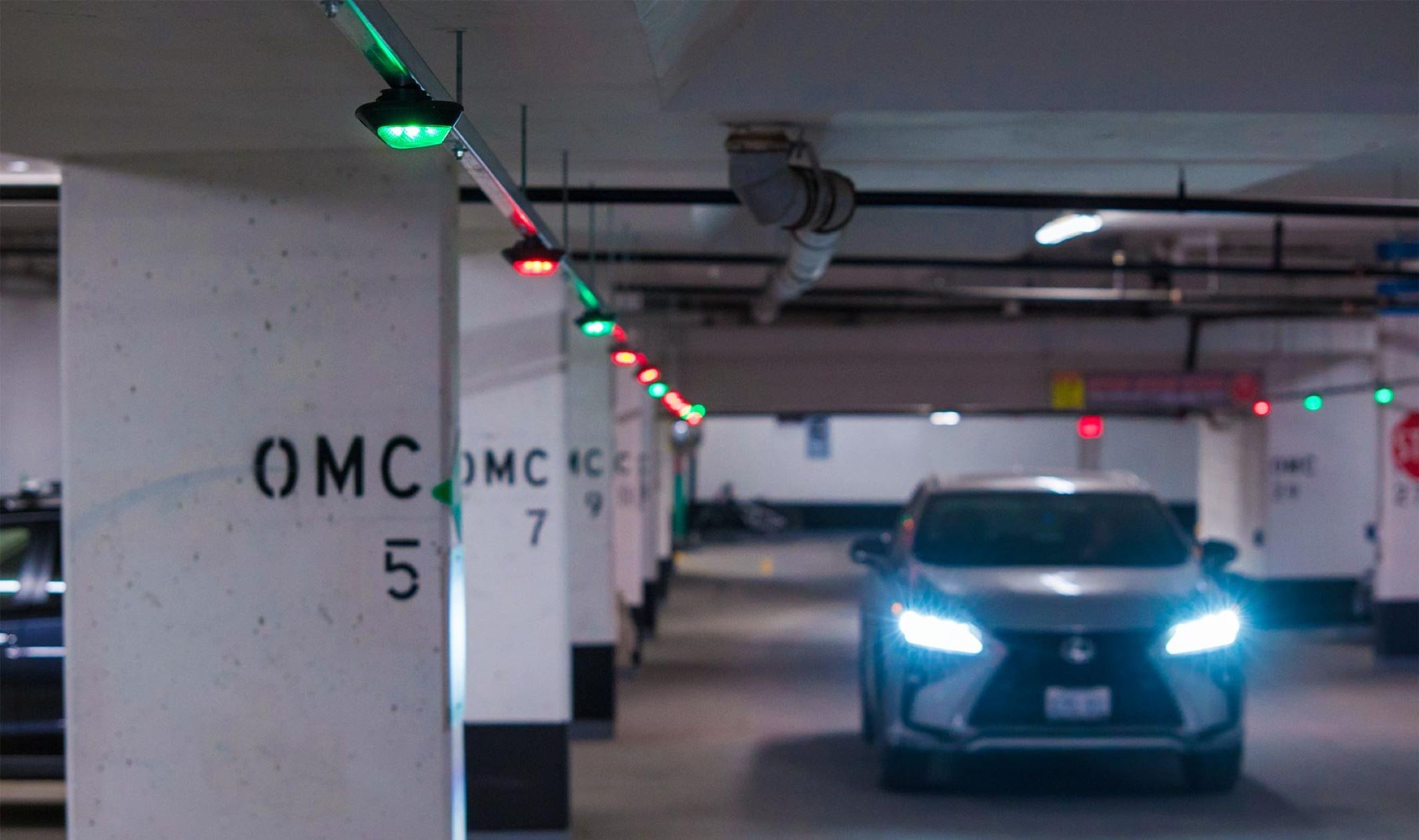

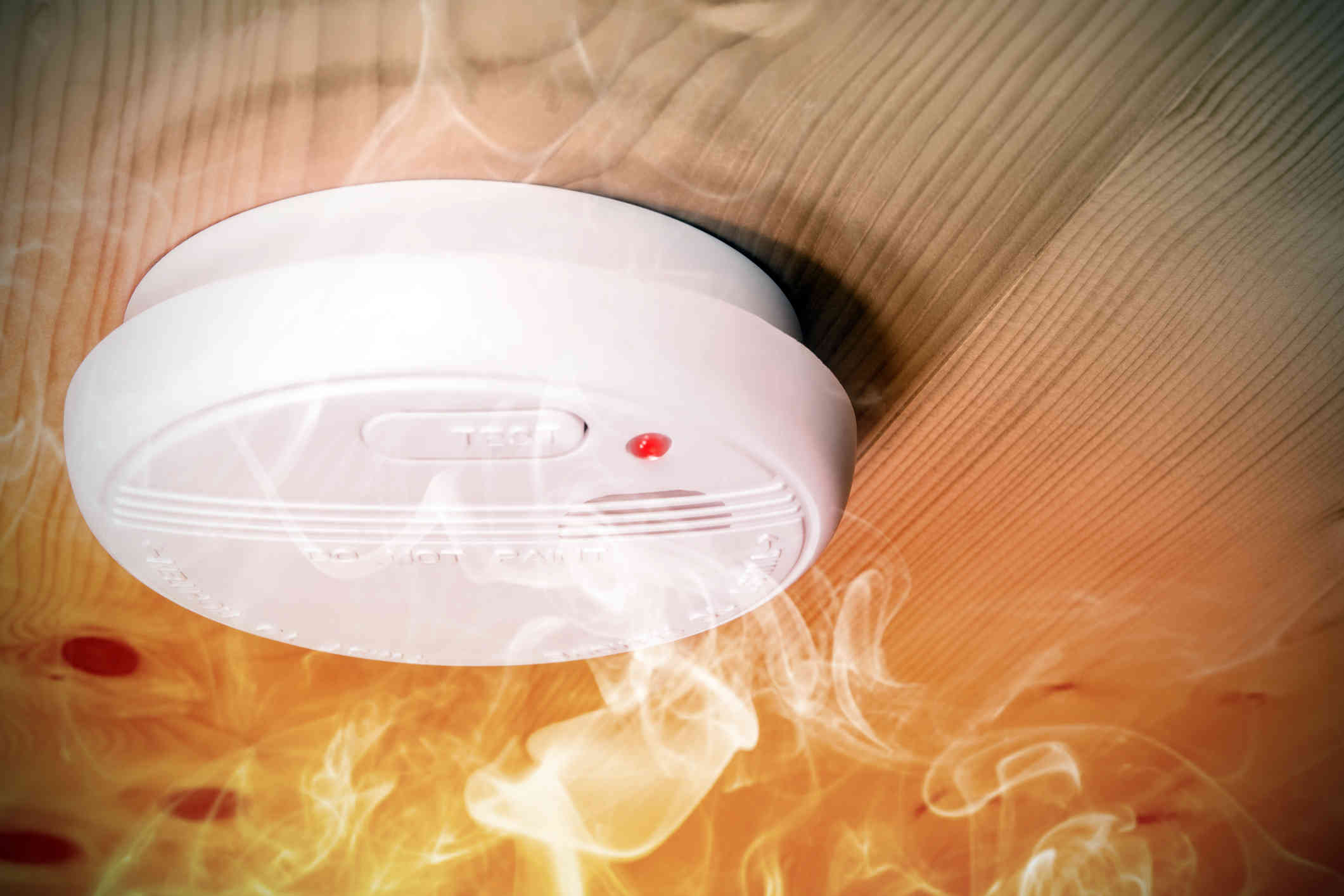

0 thoughts on “Smart Home Energy Monitor Setup to Track Your Power Usage”